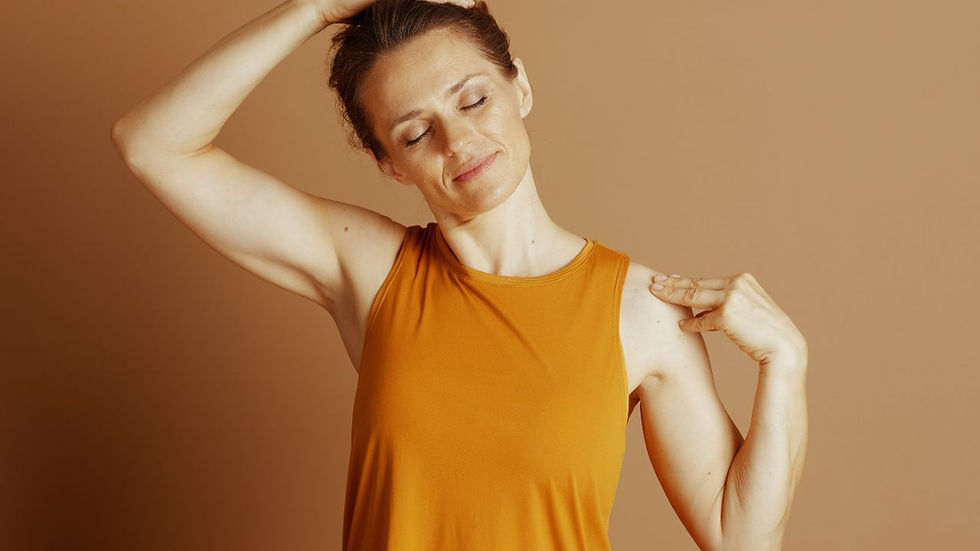Release the calves to improve posture
- Ken Belveal
- Aug 12, 2021
- 2 min read
Updated: Aug 13, 2021
Tension in the calves can affect many aspects of your life. Release them.

Anatomy of a muscle


The calves are composed of two muscles – the gastrocnemius (gastroc) and soleus. The gastroc originates on the back of the lower part of the femur and crosses the knee to insert into the Achilles tendon. The soleus originates behind the bones in the lower leg and inserts into the Achilles tendon. Both muscles point the foot while the gastroc also helps bend the knee.
Causes of tightness
The calves tighten up during long periods of inactivity or habitual sitting.
Continuously wearing high heels
Failure to adequately stretch following exercise such as running
Symptoms of tightness
Ache or pain in the calf
Ache or pain in the arch of the foot
Ache or pain in the Achilles tendon
Cramping in the muscle belly
Tight calves can hinder your ability to sleep, because of cramping and aching. It can also affect your feet and knees because of the compensations your body must take during certain movements, like walking or running. Squatting is also affected (think sitting and standing from a chair) because you must turn your foot outward or collapse the foot to make room for the movement. When this happens, there is a chain reaction in the knee, the hip, and the spine to compensate for the lack of mobility in the calves. Over time, this could lead to issues with the low back, hips or knees as the body is not moving in alignment. The result is abnormal wear and tear on the joints.
Tightness test
Tightness test for the gastroc
Sit on the floor facing the wall with your knees straight and the bottom of your feet against a wall
Pull your toes back towards your knees as far as they will go
You should be able to lift your toes off the wall 10 to 20 degrees
Tightness test for the soleus

Half-kneel in front of a wall with the front toe 5 inches from the wall (about the width of your hand)
Keeping the front heel on the floor, try to touch the knee to the wall
If you cannot touch your knee to the wall, you have a tight soleus
The fix

Sit on the floor with our legs straight out in front of you
Place a foam roller, tennis ball or lacrosse ball under your right calf
To increase the intensity, cross the left ankle over the right ankle
Hold 30 seconds to 2 minutes or until there is just pressure but no pain
If the pain subsides before the 2 minutes, feel free to find a new spot – it could be below or above or inside or outside of your original spot
This release can be done every day.
After the release, retest the calves to see if you have made progress. You should see an improvement.
Now you are on your way to better posture from the ground up.
Enjoy!
Like what you see? Sign up for the email list here.








Comments